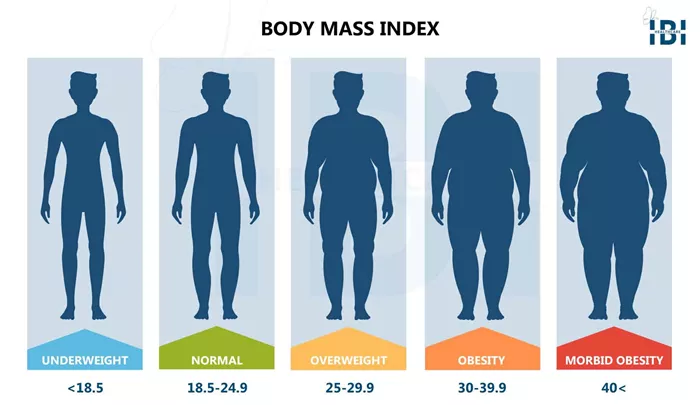Body mass index (BMI) is a common tool used in healthcare to estimate whether a person’s weight is within a healthy range. It uses a basic formula that compares your weight to your height. While it is easy to use and widely accepted, many experts say BMI has serious flaws and doesn’t tell the full story of a person’s health.
1. What Is BMI and How Is It Used?
BMI is a number calculated by dividing a person’s weight in kilograms by their height in meters squared. It places people into four basic categories:
Underweight: Less than 18.5
Normal weight: 18.5 to 24.9
Overweight: 25 to 29.9
Obese: 30 and above
Doctors often use BMI to screen for potential health problems related to weight. But this measurement was developed in the 1970s based on data from a small group of healthy, mostly white men. That limited sample means the formula may not work well for everyone.
2. Limitations of BMI
While BMI is simple and quick to calculate, it doesn’t measure body fat or overall body composition. Here are some of the key problems with BMI:
It doesn’t separate muscle, fat, and bone.
It doesn’t show where fat is located in the body.
It doesn’t adjust for differences between men and women.
It doesn’t reflect changes in body fat with age.
These shortcomings can lead to misleading results, especially for people who are muscular, older, or from diverse ethnic backgrounds.
3. What Makes BMI Inaccurate?
Age Matters
As people age, their bodies naturally change. Older adults may lose weight but still gain more belly fat, which BMI doesn’t reflect. This can hide important health risks.
Muscle Mass Can Skew Results
Athletes or very fit people often have high muscle mass. Because muscle weighs more than fat, their BMI may be high, even if they are very healthy. On the other hand, someone with low muscle and high body fat might have a “normal” BMI but still face health risks.
Sex Differences Are Ignored
Women tend to carry more fat than men, and they store it in different areas of the body. But BMI doesn’t account for these natural differences. Since the BMI formula was created using data from men only, it may not reflect women’s health accurately.
Racial and Cultural Bias
Some researchers once believed that race affected BMI, but this idea has been proven false. Race is not a biological factor. Instead, social and environmental conditions—such as diet, lifestyle, and access to healthcare—affect body composition. Relying on race in health measurements can lead to biased and harmful conclusions.
4. Why Do We Still Use BMI?
Despite its many flaws, BMI remains a popular tool in medicine. This is mostly because it’s:
Fast and easy: It doesn’t require special tools.
Affordable: It costs nothing to calculate.
Useful at the population level: It helps track trends in obesity and related health risks like diabetes and heart disease.
Until a better system is developed, BMI continues to be used. But doctors are encouraged to consider more information about each patient, such as medical history, physical fitness, and other personal factors.
5. What Are the Alternatives to BMI?
Researchers are developing better ways to measure body composition and health risk. Some of the most promising alternatives include:
Waist circumference: Measures belly fat, which is linked to health risks.
Waist-to-hip ratio: Compares waist and hip size. This can be more accurate in predicting diseases like diabetes or liver issues.
Relative fat mass (RFM): Uses height and waist size to estimate body fat.
Prediction of body composition (PBC): Includes age, sex, and body measurements.
A Body Shape Index (ABSI): Combines waist, height, and weight into one score.
These tools may give a more complete picture of health, but most are still being studied and are not yet common in clinical settings.
6. Gender and Sex in Medical Terms
This article uses terms such as “male,” “female,” “men,” and “women” as defined in medical research. These refer to sex assigned at birth, which is based on physical characteristics. It’s important to remember that sex and gender are not the same, but many studies still use these terms based on sex assigned at birth.
Key Takeaways
BMI is a quick and common way to estimate body weight and health risk.
It doesn’t account for key factors like age, sex, muscle mass, and fat distribution.
BMI can be misleading for athletes, older adults, women, and people of diverse backgrounds.
Experts are working to develop better, more inclusive ways to measure health.


